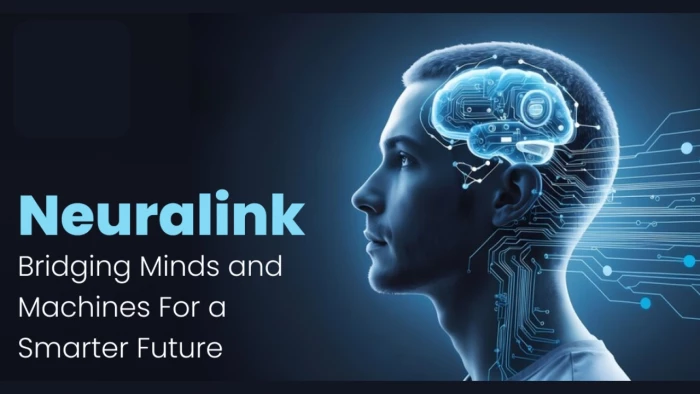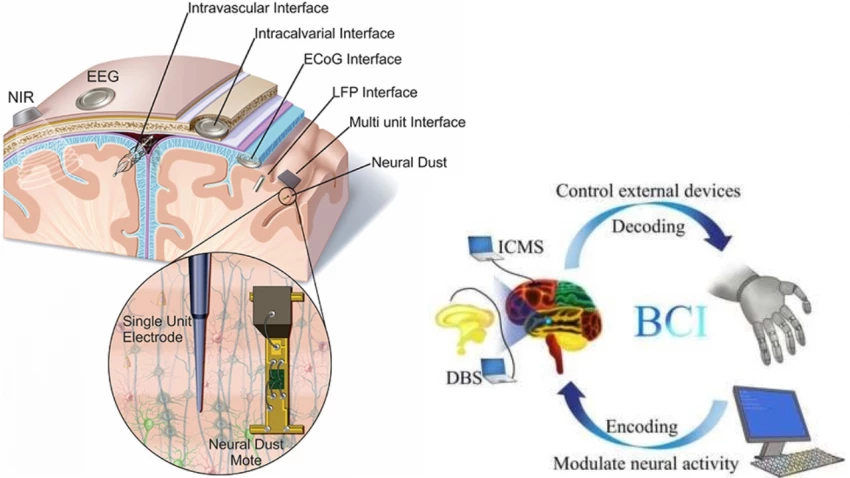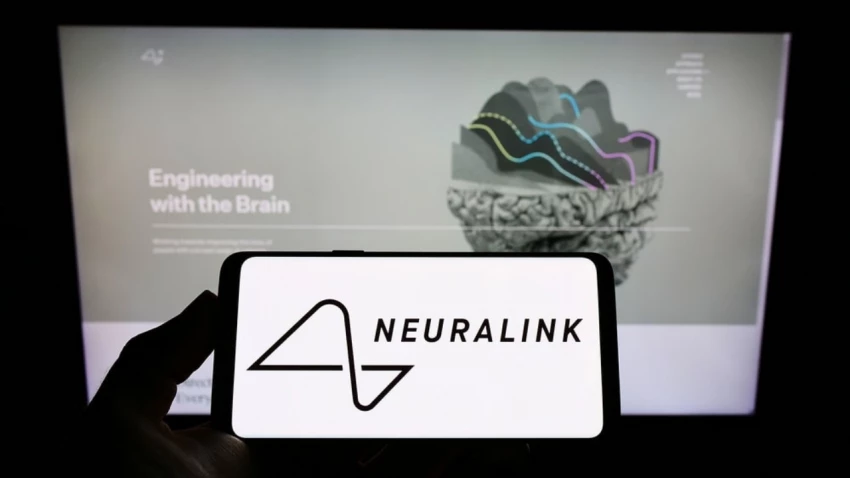

How far are we from storing memories like files on a hard drive? What once seemed like science fiction is now entering the realm of possibility. Thanks to breakthroughs in brain-computer interface technology, scientists are learning how to connect the human brain with machines. Companies like Neuralink are developing systems that could one day allow us to record, restore, and even share human memories. But how does this technology work, and what challenges lie ahead?
A brain implant is a device inserted into the brain to monitor or stimulate neural activity. These devices are not new; medical researchers have used them for decades to treat conditions like Parkinson’s disease and epilepsy. But today, the conversation has shifted beyond medicine into creating a generalized brain interface that connects our thoughts directly with computers.
Neural implants belong to a broader category called brain-computer interfaces (BCIs). These systems establish a direct communication pathway between neurons and machines. The vision is bold: enable people not only to restore lost brain functions but also to interact with technology at the speed of thought.

Neuralink, founded by Elon Musk, is one of the most well-known companies in the field. Neuralink's system works by interpreting the electrical signals generated by neurons in the brain. These signals are picked up by tiny electrode threads implanted into neural tissue. A specialized chip then translates them into commands that computers can understand.
In 2021, Neuralink showcased a monkey playing the video game Pong using only its mind. The implant captured brain activity, sent it to a computer, and the system executed the commands. This demonstration proved that a brain-computer interface could decode intention in real time.
But how much is Neuralink paying for human trials? In 2024, reports revealed that participants in early clinical studies would be compensated, though the company emphasized that safety and data collection were the primary focus. The exact payment figures have not been widely disclosed, but trial participants often receive between $1,500 to $5,000 per month, depending on the study and its risks.

Not all brain implants work the same way. Researchers are experimenting with several approaches:
Each type has trade-offs in safety, accuracy, and potential applications. While invasive implants capture the most detailed signals, they also come with higher surgical risks.
One of the most exciting areas of research is memory restoration. The U.S. Defense Advanced Research Projects Agency (DARPA) launched its Restoring Active Memory program to test whether implants could help patients with traumatic brain injuries.
In clinical studies, patients with hippocampal implants showed up to a 37% improvement in memory recall compared to baseline (DARPA RAM Program). This suggests that brain implants may act like prosthetics for memory, helping patients with Alzheimer’s disease or stroke recover cognitive functions.
At the University of Southern California, neuroscientists developed a hippocampal prosthesis that mimics the natural encoding of memories. Test subjects wearing the implant recalled more words and information than without it, suggesting we are edging closer to a world where memories can be digitally enhanced.
While current implants are specialized for specific tasks, companies like Neuralink envision a generalized brain interface that could handle a wide range of functions. This would mean moving beyond restoring lost memory or motor control toward enabling everyday human–machine integration.
Imagine being able to “download” a new language, recall detailed information instantly, or even transmit thoughts to another person without speaking. Such a leap would fundamentally change education, communication, and creativity.
However, neuroscientists caution that memory is not just raw data. Memories are bound up with emotions, context, and sensory experiences. Replicating all of that with a brain implant is far more complex than transferring files between computers.
The pace of development in brain-computer interface technology is moving fast. A decade ago, most brain implant trials were small, limited to medical research labs. Today, multi-billion-dollar companies are entering the space, clinical trials are expanding, and governments are beginning to draft legislation.
Neuralink received FDA approval for its first human trials in 2023. In 2024, the company announced it had successfully implanted its device in a human patient, who could control a computer cursor by thought. Meanwhile, Synchron is advancing with less invasive implants, allowing paralyzed patients to send text messages and emails through thought alone.
The technology raises serious ethical questions. If implants can access our memories and thoughts, who controls that information? What if a hacker gained access to brain data?
The concept of neuro-rights has gained traction, especially in countries like Chile, which became the first to pass a constitutional amendment guaranteeing mental privacy. The United Nations’ UNESCO Bioethics Committee has also warned of the risks of brain data exploitation, including surveillance and behavioral manipulation.
A critical concern is whether brain implants should be limited to therapeutic uses or expanded to enhance healthy individuals. If one student could “download” entire textbooks into memory, what would that mean for fairness in education or the job market?
Elon Musk frequently describes Neuralink’s brain chip as a tool to both treat disease and eventually merge humans with artificial intelligence. His vision includes restoring mobility to paralyzed patients, curing blindness, and expanding human cognition.
But the Elon Musk brain chip human trials remain under intense scrutiny. Regulatory bodies emphasize safety, and independent experts caution that while the technology is promising, it is still in early stages. Long-term effects of brain implants remain unknown, including risks of infection, tissue damage, or cognitive side effects.
The journey toward memory-enhancing brain implants is just beginning. While types of brain implants are already helping patients with neurological disorders, the idea of linking human memory with machine intelligence is still largely experimental.
If successful, the implications are staggering. Education could be transformed, Alzheimer’s patients could regain independence, and humans might one day share memories like digital files. But we must also grapple with privacy, inequality, and the risk of misuse.
As computer interface technology accelerates, society must answer these questions before implants become mainstream. Bridging human memory with machine intelligence could define the future of what it means to be human.
Be the first to post comment!